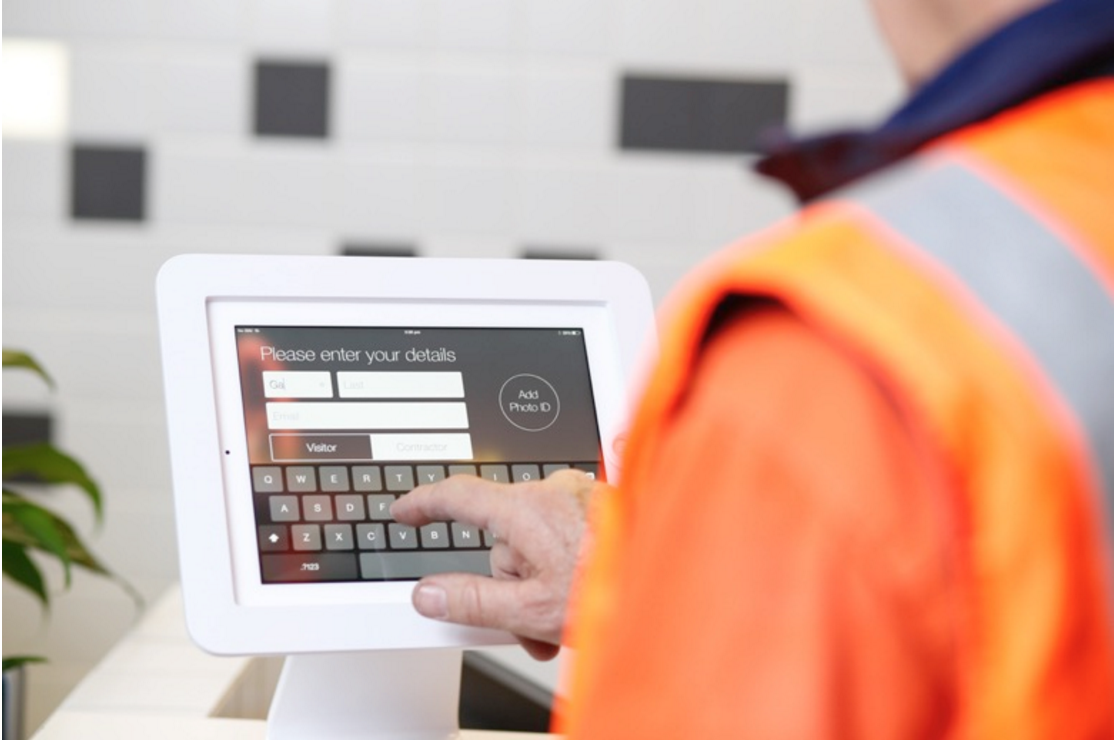Changing To An Eco-Responsible Business Model
Do you want to step up and become a company that is synonymous with sustainable values?
One in three consumers is known to select brands based on their social and environmental credentials, according to research conducted by Unilever. As a result, savvy companies are ensuring that their operations and supply chains are made to be as sustainable as possible in 2020. However, sustainability is a broad term encompassing a multitude of different values and eco-friendly initiatives, so when it comes to your organisation how can you become a brand that everyone will want to be loyal to?
Planning Your Changes
Begin by deciding why you want to become more sustainable and the business benefits to your organisation. Of course, it’s enough to simply want to invest in your environmental values, but you’ll also find that it has some key advantages to your overall business model too. You may be hoping to enhance your business image to clients, save money by cutting waste of both materials and energy and increase the productivity of your workforce. By speaking to stakeholders in advance of making any changes, you can also be clear about their expectations and work together to create a vision of what a more sustainable supply chain would look like and how you’ll know when you’ve met your goal.
Attain ISO 14001 Accreditation
Companies from a wide range of sectors can apply for ISO 14001 certification. This global initiative requires organisations to commit to a strict set of standards to signify how dedicated their business is to the environment. Your organisation’s ultimate aim will be to reduce waste and costs without causing ongoing damage to the world around us. Professional ISO consultants explain that attaining accreditation begins with identifying how exactly your current operations are impacting the environment, and then creating a plan to mitigate this damage.
Choosing Your Sources Carefully
Responsible sourcing begins with understanding the entire chain of manufacturing that occurs before goods and services reach the hands of your organisation. Ensure you work with partners who share the same mission as you in terms of the environment and sustainability. Where possible, try to investigate the third parties that feed into your chosen partners, so that you can identify the background of the entire chain. You can create and adhere to a supplier code of conduct to ensure that you’re all on the same page.
Tightening Up Your Logistics
Transport operations hold the key to becoming more environmentally efficient, as your use of vehicles can be optimised to reduce wastage. Keep a tight grip on the size of your fleet, understanding the volume that your vehicles are moving and how far they travel – as an example, a part-loaded truck travelling 200 miles to drop off goods and then returning empty, would be an enormous waste and terrible for your carbon footprint. You should also calculate the needs of your customers to ensure that your current transport network warrants these deliveries. It may be better to reduce your geographical area of focus to maintain a higher level of sustainability.
Want to know the best time to start moving towards a more sustainable supply chain? The answer is today! Begin by planning out your strategy with your senior management and stakeholders and make 2020 the year that you make some largescale changes for the benefit of both your business and the environment.




